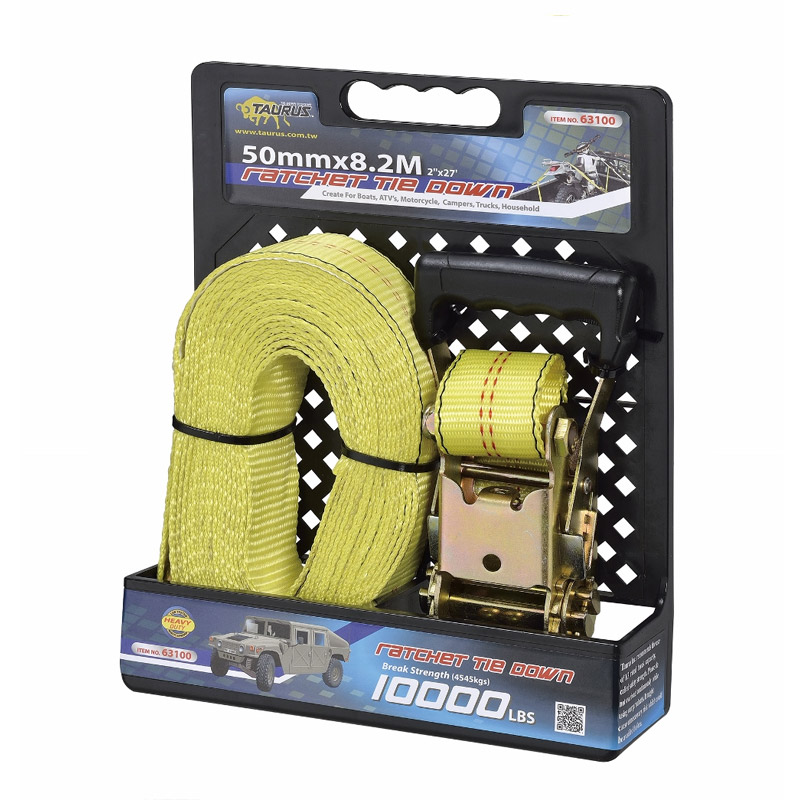Innovative Steel Bracing Solutions for Enhanced Structural Stability and Safety
Steel Bracing An Essential Component in Structural Engineering
Steel bracing is a vital aspect of modern structural engineering, playing a crucial role in enhancing the stability and safety of buildings, bridges, and various infrastructures. Primarily utilized to resist lateral forces, such as wind and seismic loads, steel bracing is a method employed to ensure that structures can withstand extreme conditions without experiencing catastrophic failures.
The main objective of steel bracing is to provide additional support to a structure, allowing it to maintain its shape and integrity during adverse conditions. This is particularly important in high-rise buildings, where the forces of wind can be significant. Without proper bracing, these structures could sway excessively or even collapse under pressure. Steel bracing effectively distributes these lateral loads, preventing the building from bending or twisting.
Types of Steel Bracing
There are several types of steel bracing systems, each tailored to specific architectural designs and structural requirements. The most common types include
1. X-bracing This involves diagonal elements in the shape of an X within the frame. The design effectively transfers loads directly through the braces, providing optimal strength and stability.
2. K-bracing In this arrangement, diagonal elements connect to the center of the vertical members, forming a K shape. This method is advantageous in terms of material efficiency and is often utilized in low to mid-rise structures.
3. V-bracing Here, the braces take the shape of a V, with the pointed end directed towards the base of the structure. This type is often used in bridges and other structures where space is a constraint.
steel bracing

4. Chevron bracing This design uses diagonal members that resemble a chevron. It effectively reduces the deformation of the frame and is often favored in contemporary architecture for its aesthetic appeal.
Each of these bracing systems has its advantages and is chosen based on structural requirements, architectural vision, and budget constraints.
Benefits of Steel Bracing
The use of steel bracing in construction comes with several advantages. Firstly, steel is a highly ductile material, meaning it can absorb and dissipate energy during seismic events. This property helps to prevent sudden failures and provides a level of safety that is paramount in urban environments.
Additionally, steel bracing can significantly reduce the amount of material needed to achieve the desired strength. This efficiency not only economizes costs but also minimizes the overall weight of the structure, making it less susceptible to lateral forces.
Moreover, steel bracing allows for more open spaces within buildings. Unlike traditional walls or rigid frames, braced frames facilitate greater design flexibility, creating aesthetically pleasing and functional interior environments.
Conclusion
In conclusion, steel bracing is an indispensable element in contemporary structural engineering, ensuring the resilience and longevity of various infrastructures. As urbanization continues to rise and the demand for tall buildings and expansive bridges increases, the importance of efficient structural solutions like steel bracing cannot be overstated. By understanding and implementing effective bracing systems, engineers can create safe, enduring structures that meet the challenges of today and tomorrow. The synergy of design, safety, and innovation in steel bracing exemplifies the evolution of construction practices, heralding a future where building resilience is paramount.
-
Wedge Anchor Bolts: Secure Fastening SolutionsخبرونهAug.05,2025
-
Insulation Fixings: Secure and Durable SolutionsخبرونهAug.05,2025
-
Full Threaded Studs: Versatile Fastening SolutionsخبرونهAug.05,2025
-
Expanding Fasteners: Secure and Reliable SolutionsخبرونهAug.05,2025
-
Butterfly Toggle Anchors: Secure and Easy to UseخبرونهAug.05,2025
-
Bracing Solutions for Steel StructuresخبرونهAug.05,2025
